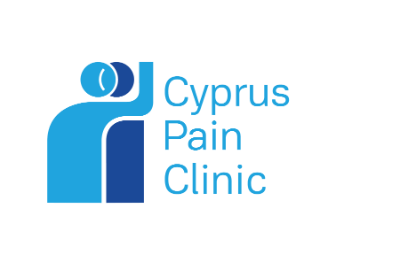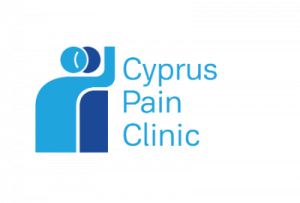The increase in life expectancy in the Western world has led to an increase in diseases that typically present and/or manifest when older. Such diseases are osteoporosis, multiple myeloma, and various neoplasms, many of which cause bone lesions or metastases in the vertebral bodies. These pathologies result in compression fractures of one or more vertebral bodies.
Today, minimally invasive techniques can effectively treat spinal fractures. It is important to note that such techniques are patient-friendly, as the average candidate is of advanced age and has a poor health status.
Balloon kyphoplasty is the most widespread and reliable technique for dealing with these problems.
After reducing the fracture with a pair of special balloons that are deployed using a high-precision hydraulic system, this approach strengthens the affected vertebral body using acrylic cement.
The patient is positioned on the surgical table in a prone position with the fracture location in a lordotic position, preferably while under general anesthesia (local anesthetic is not recommended). Under fluoroscopic guidance, thin catheters are advanced into the affected vertebra, followed by the balloons. These in turn are deployed until the vertebra regains its original shape or until the best possible reduction is achieved. During the last step of the procedure, the two balloons are retrieved and the space left inside the vertebra is filled with special acrylic bone cement or another type of bone cement, depending on the case. The cement hardens and the vertebra becomes stabilized within 2-3 minutes. What’s left is two small 3-mm holes in the patient’s spine. Thanks to the stability and analgesic property of the cement, patients are able for pain-free spinal load.
Kyphoplasty/Vertebroplasty
From the above, it is clear that the method combines the minimally invasive technique of bone cement injection into the pathological vertebral body (negligible surgical trauma), the potential for fracture reduction, the safety of bone cement injection, the speed of the outcome with immediate pain relief, stability, and the ability to load the spine.
Technique characteristics
Vertebroplasty
A technique for injecting bone cement into the vertebrae without the use of balloons was developed back in 1986. This approach is known as vertebroplasty and has been applied in France since 1986. The technique gave surgeons great potential in dealing with diseases, while delivering satisfactory outcomes. However, issues have also been reported with this approach, primarily leakage of bone cement outside the vertebral body, which led to complications in a number of cases. In cases of tumors and heavy compression fractures, this problem was more severe.
With the introduction of kyphoplasty in the USA in 1998, such issues were addressed to a great extent. In the majority of cases, the approach resulted in significant benefits for the treatment of disorders that were managed either conservatively or surgically, using “open” techniques or vertebroplasty.
Complications
When performed by surgeons with both extensive theoretical and hands-on training, the complications of this approach are almost zero. Doctors who wish to perform kyphoplasty receive special training in dedicated anatomical labs at two major European institutes run by the company manufacturing kyphoplasty materials for years. When performing their first operations, surgeons are closely supervised by a highly experienced doctor in the operating room. Thus, the use of such strict conditions guarantees that complications worldwide are rare.
The good news is that the results obtained with vertebroplasty have been markedly improved.
Results
Ninety-four percent (94%) of patients report good to very good pain management. Patients who report residual pain tend to use pain medication significantly less frequently and at much lower doses. Ninety-six percent (96%) of patients experience less pain within the first 24 hours. On a pain scale with a maximum value of 10 and a minimum value of 0, patient-reported average pain score drops from 8 to 2. Most patients resume their mobility within a few hours post-operatively and are discharged the next or even on the same day.
According to studies, 70% of individuals with vertebral compression fractures who underwent kyphoplasty experienced a 50% improvement in vertebral body angulation.
Conclusion
In the treatment of osteoporotic, traumatic, and pathological fractures of the vertebral bodies, primarily of the lumbar and thoracic spine, kyphoplasty is a cutting-edge minimally invasive technique with several benefits. Reduced surgical time, short length-of-stay, and minimal overall patient burden, combined with the excellent and fast outcomes in pain management, make the technique the treatment of choice for the aforementioned diseases.
Dr. Petros Stavrou MD
Orthopedic Spine Surgeon


